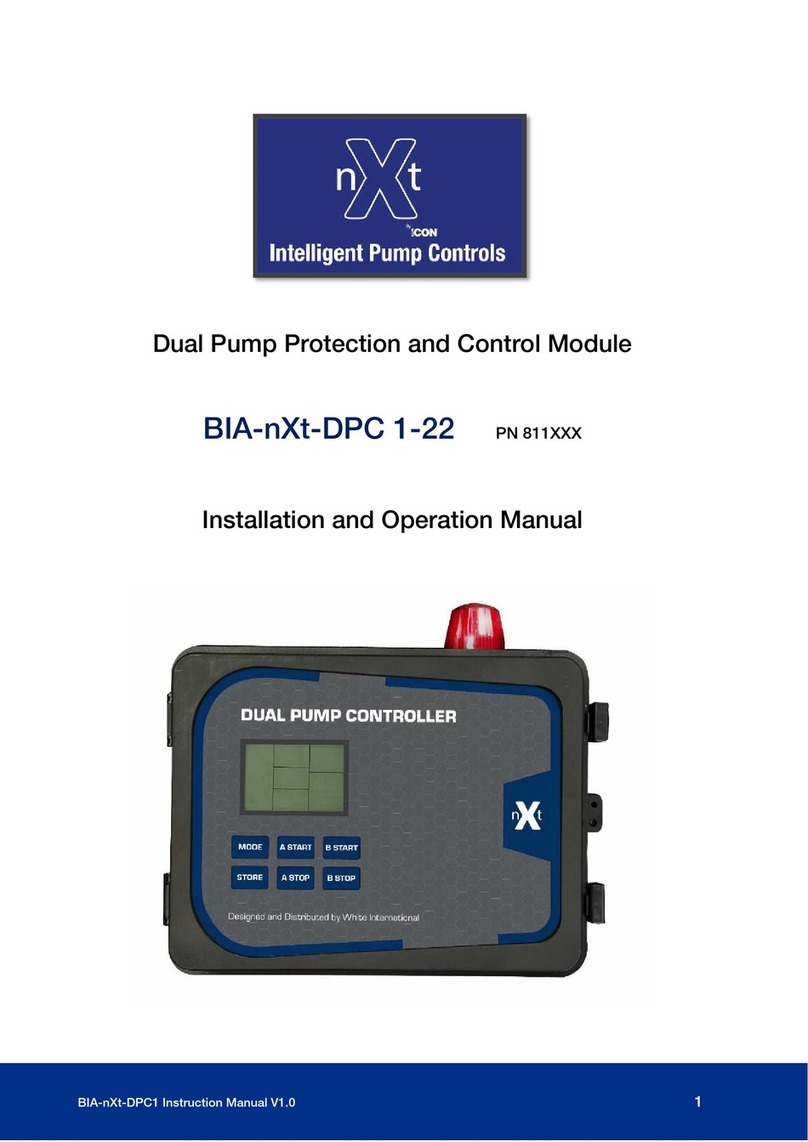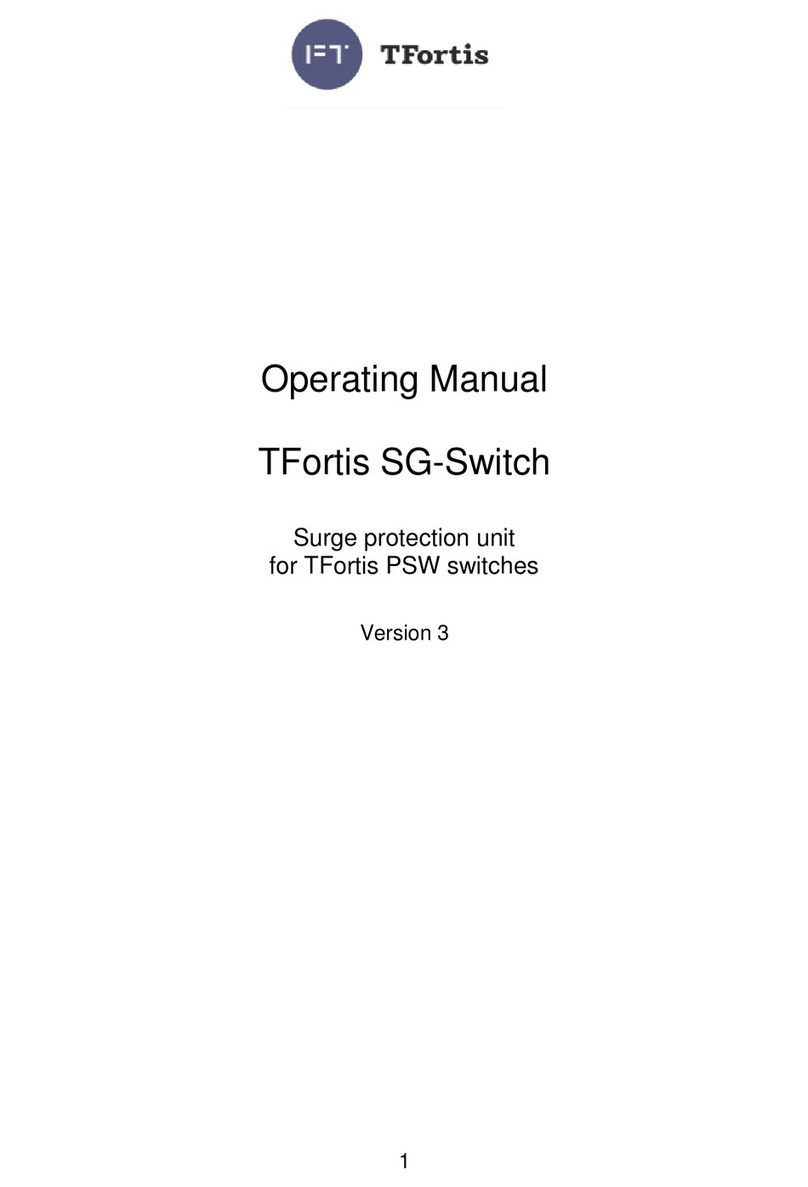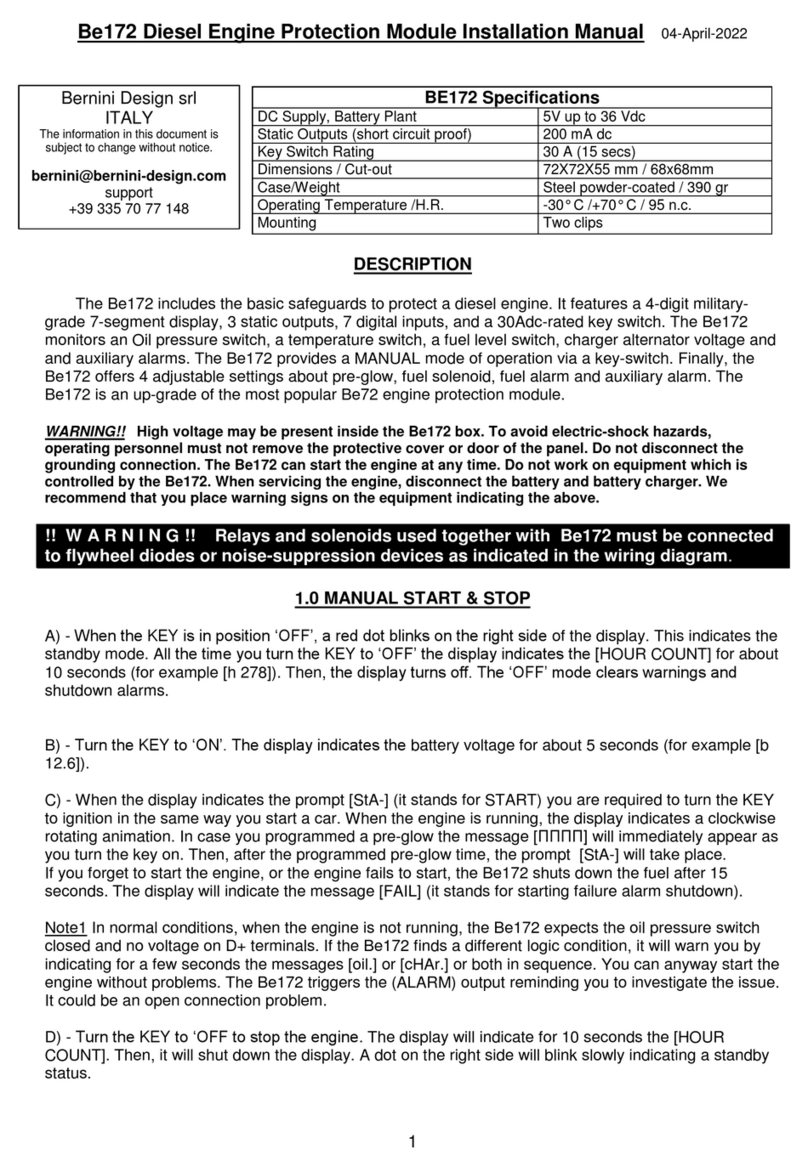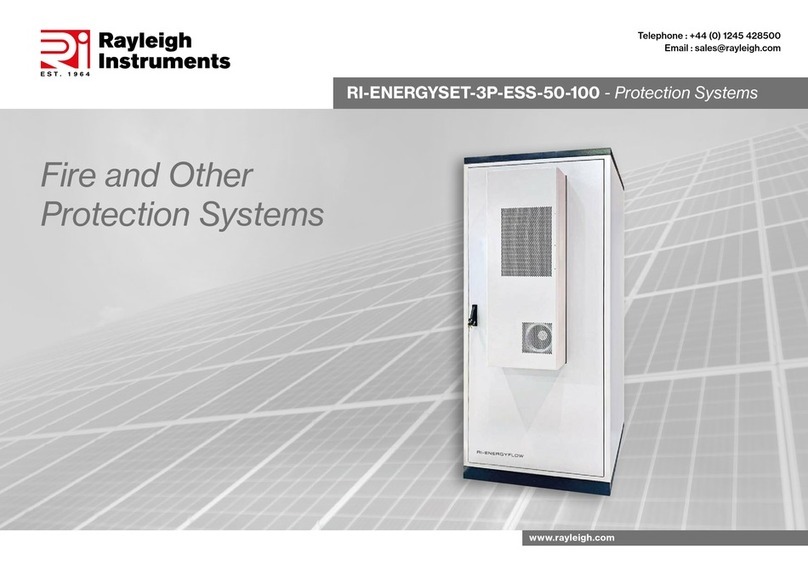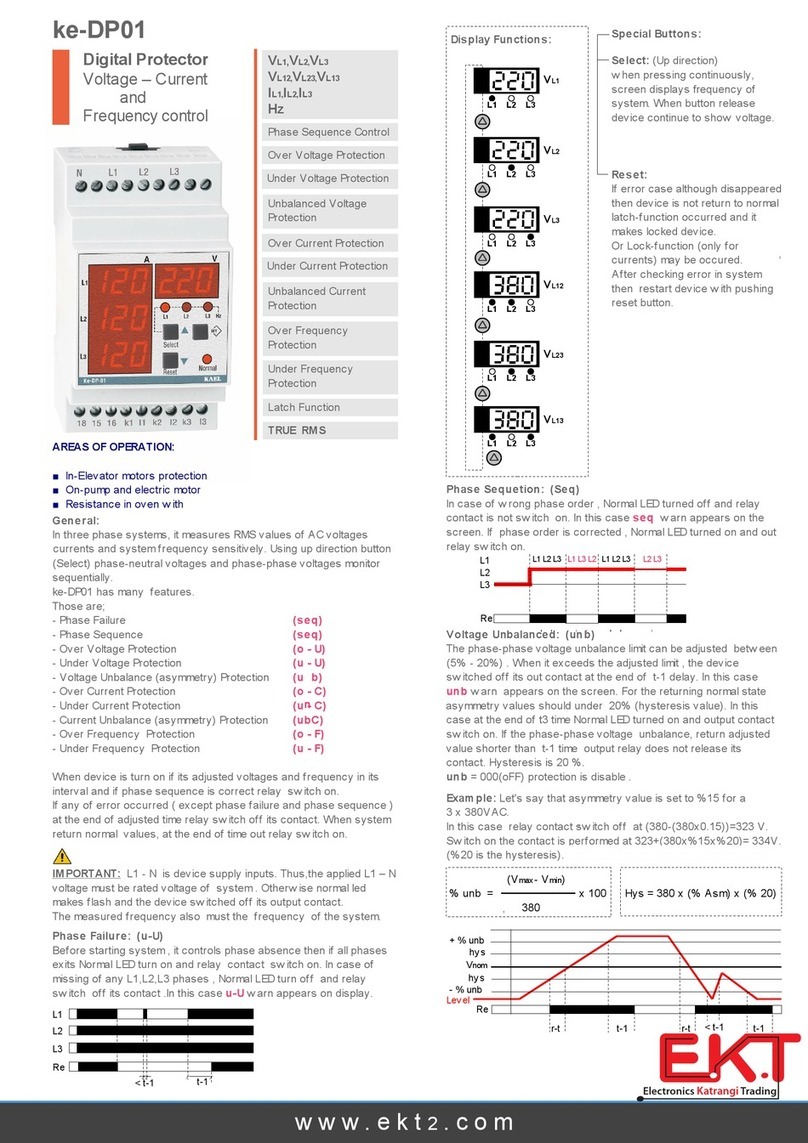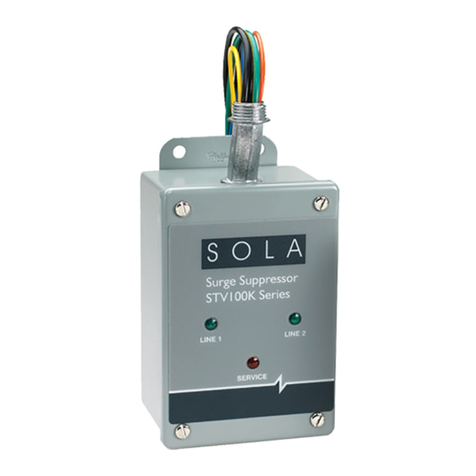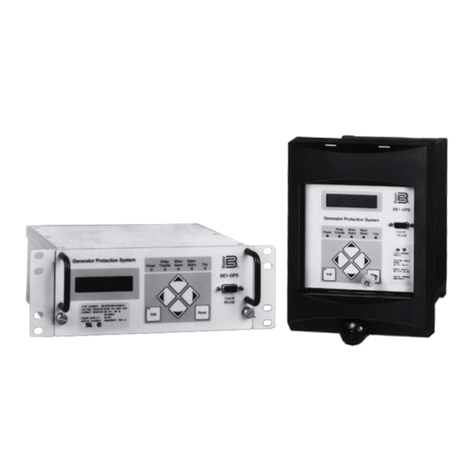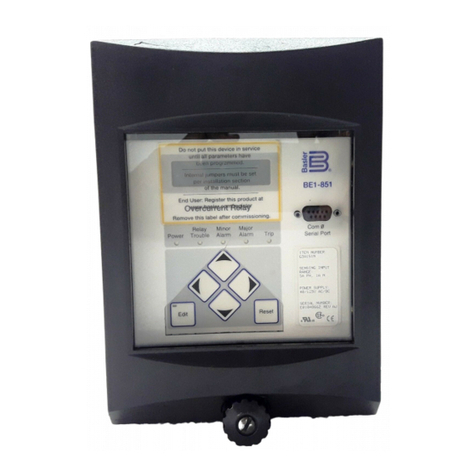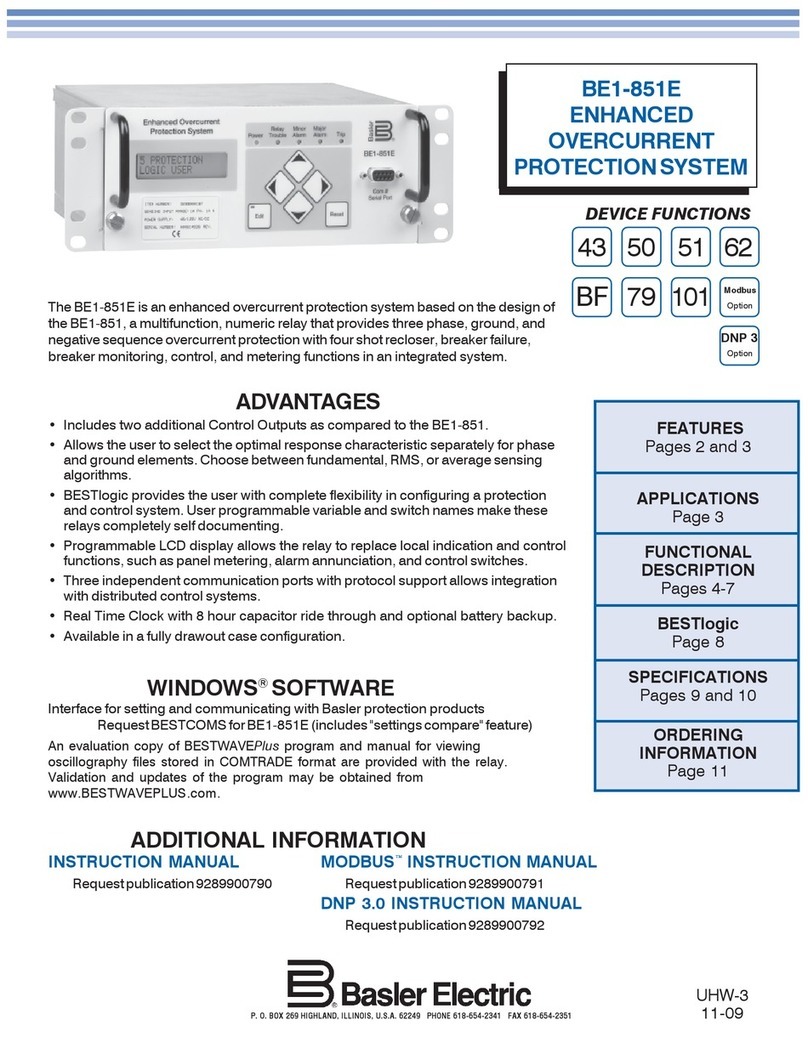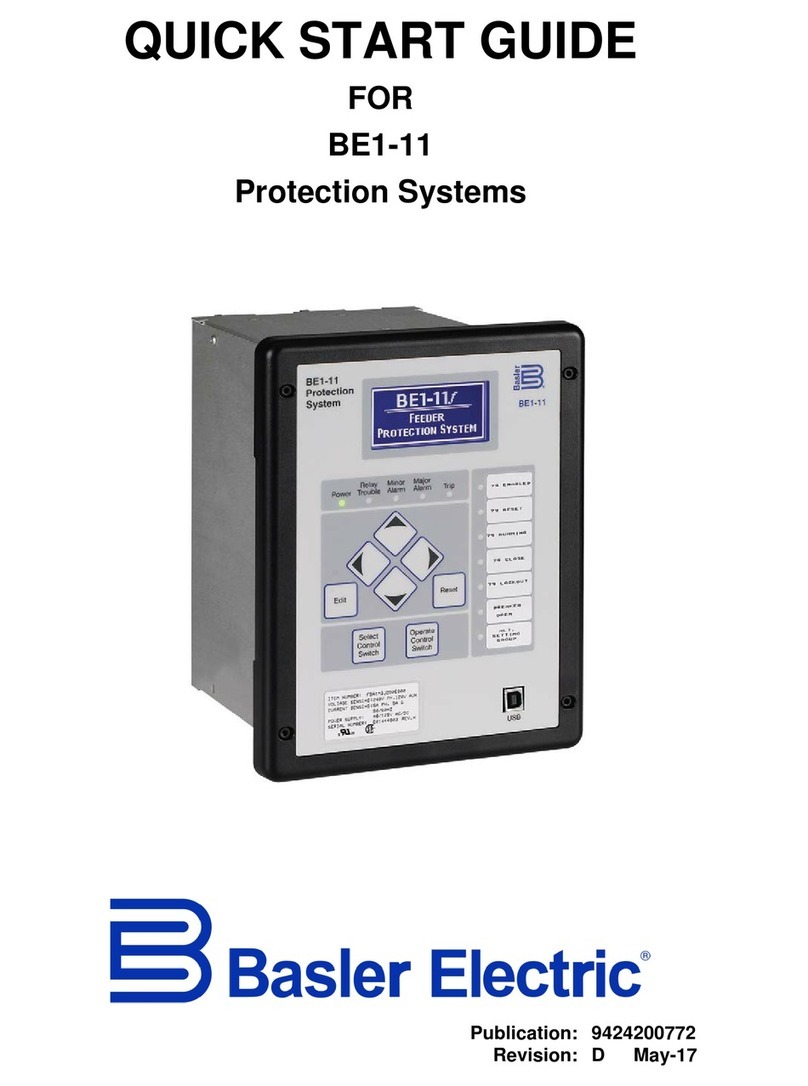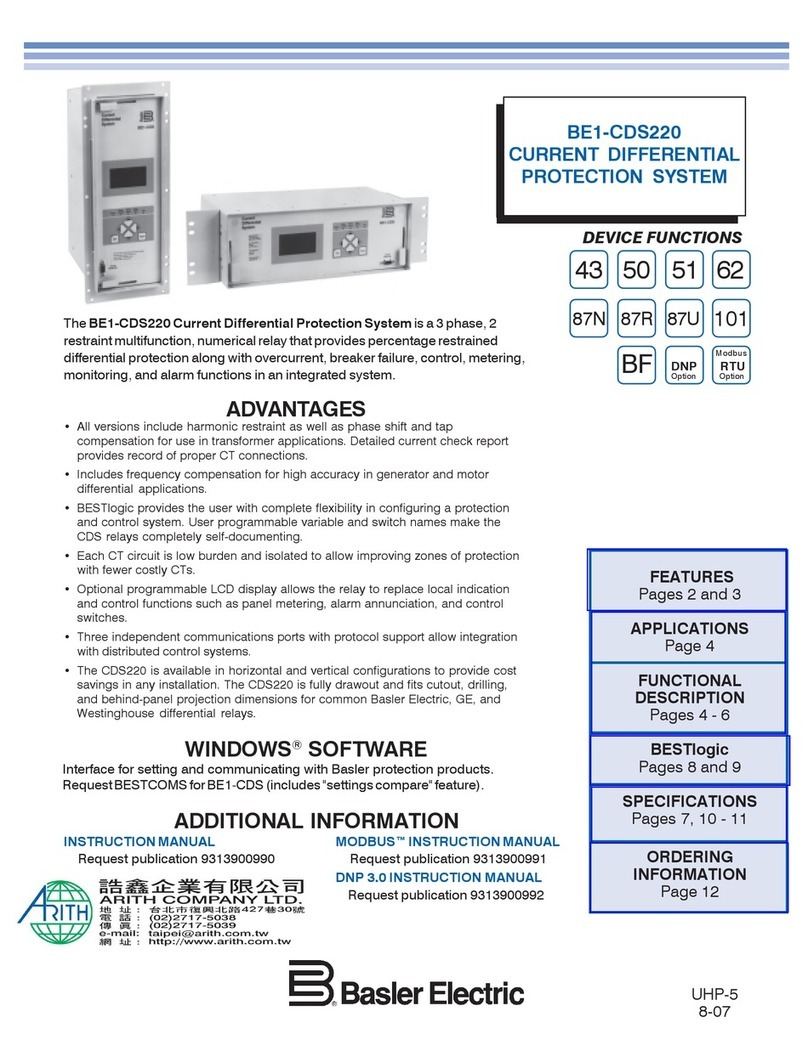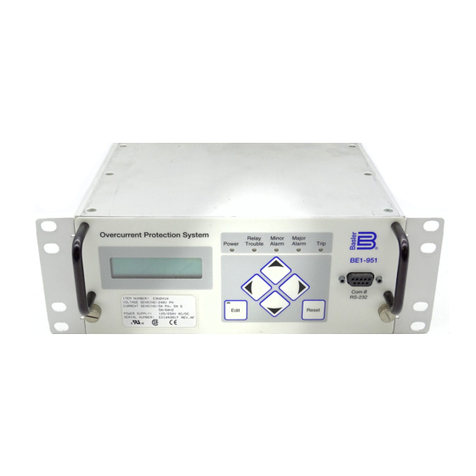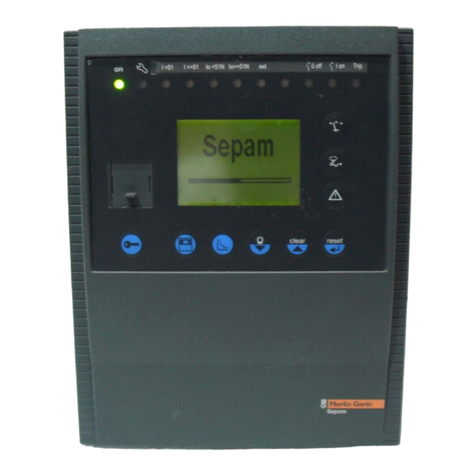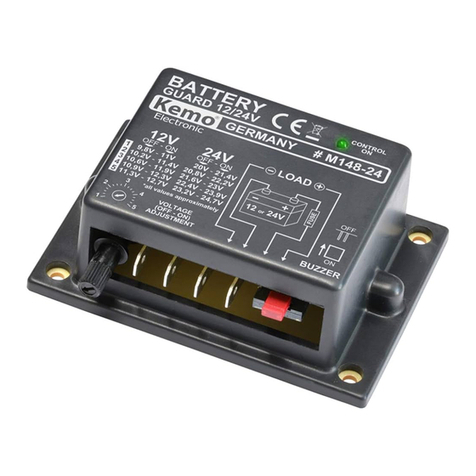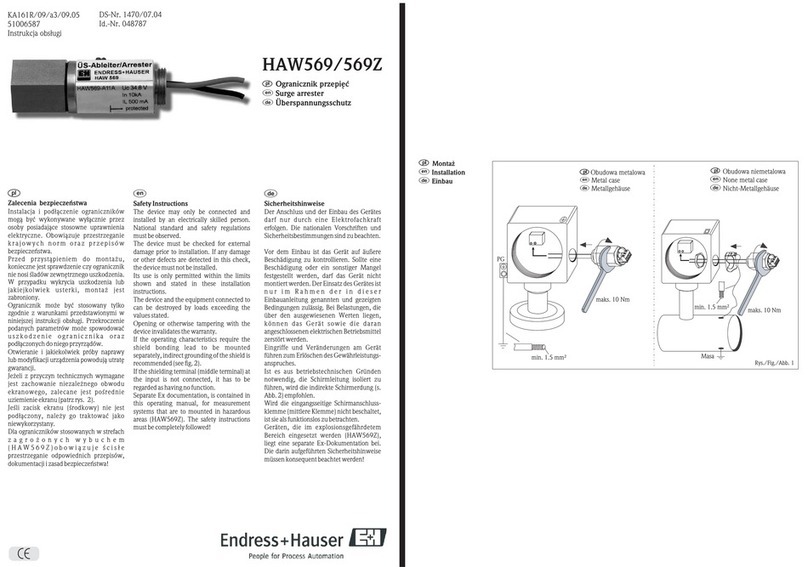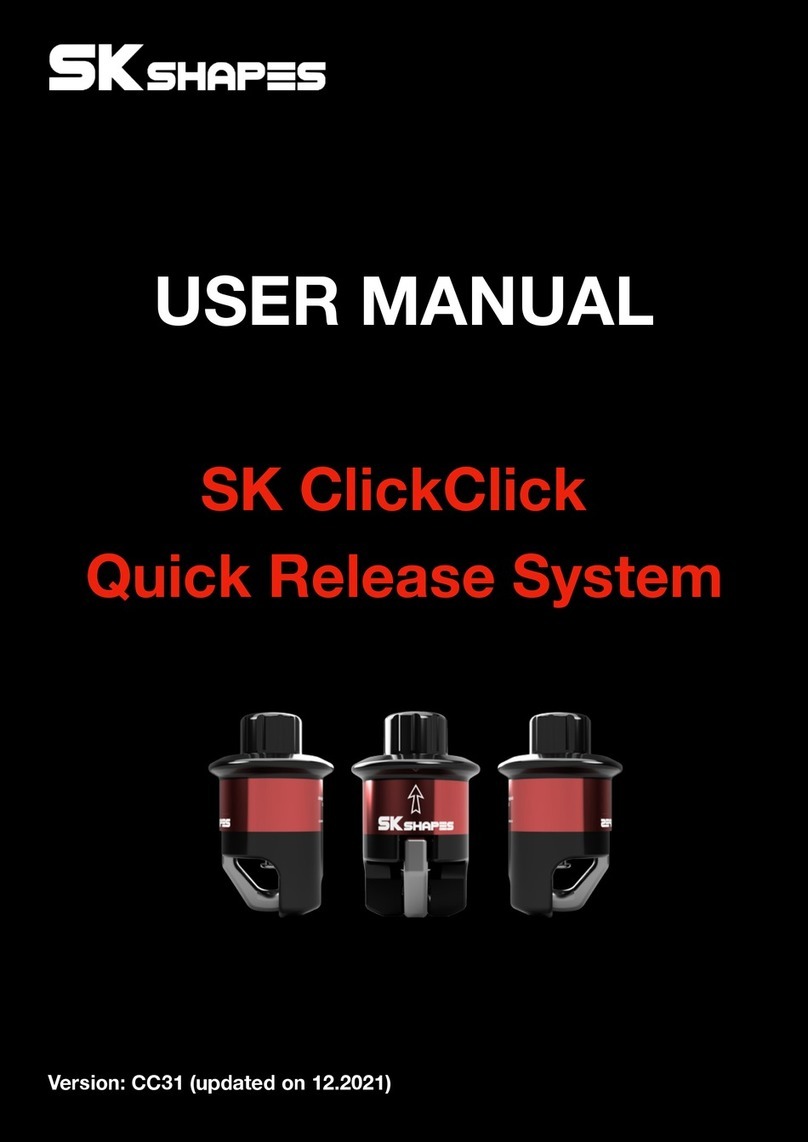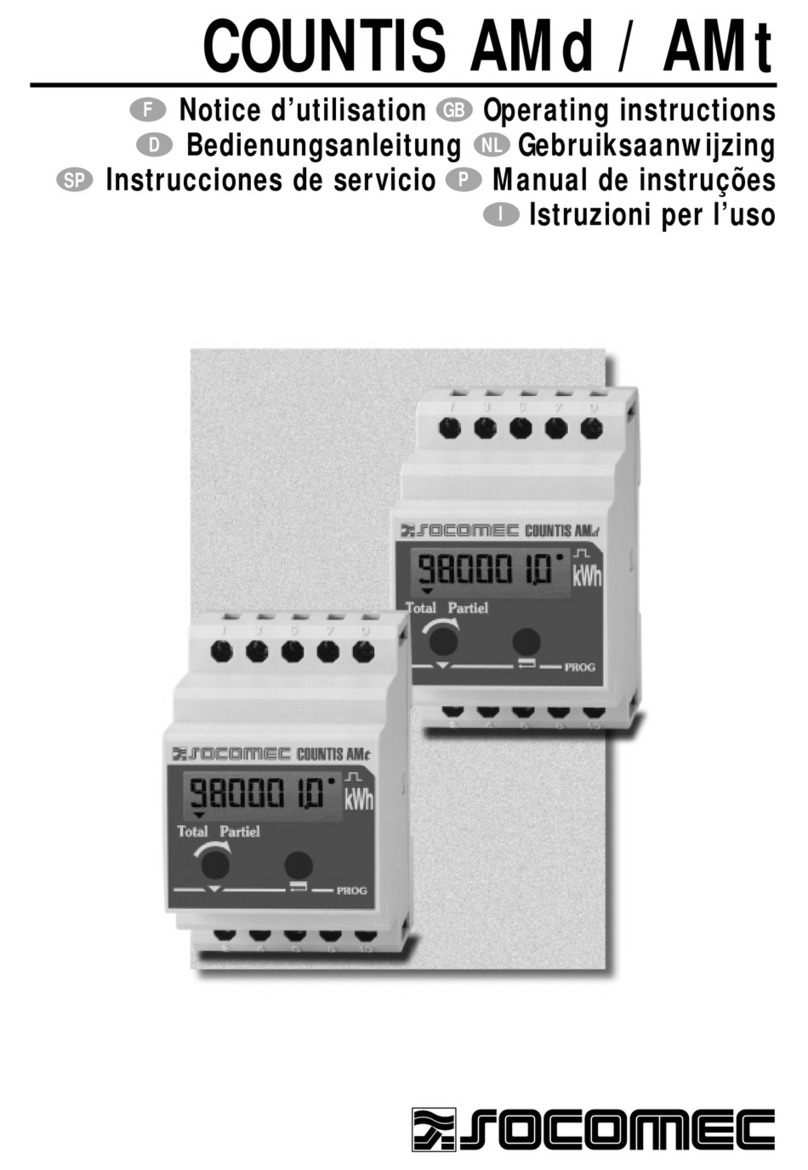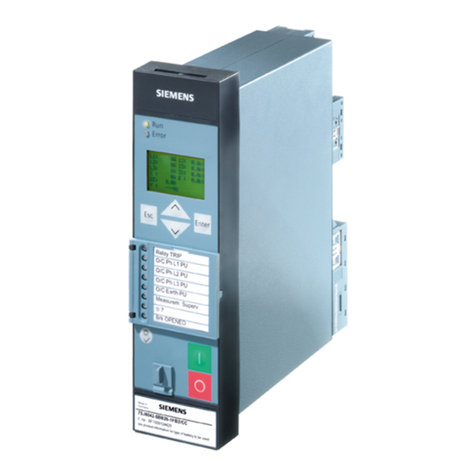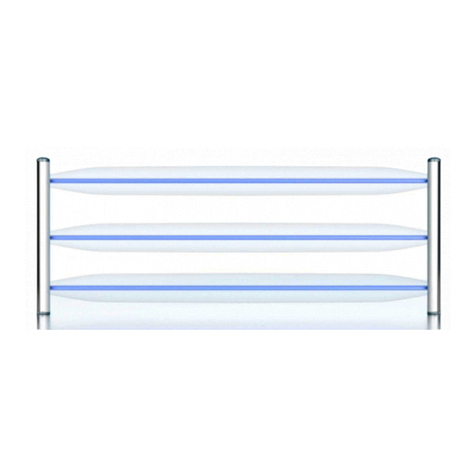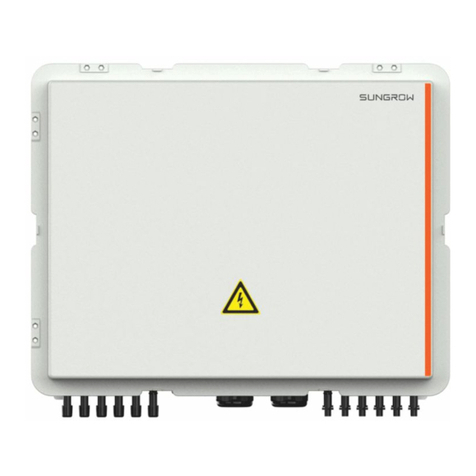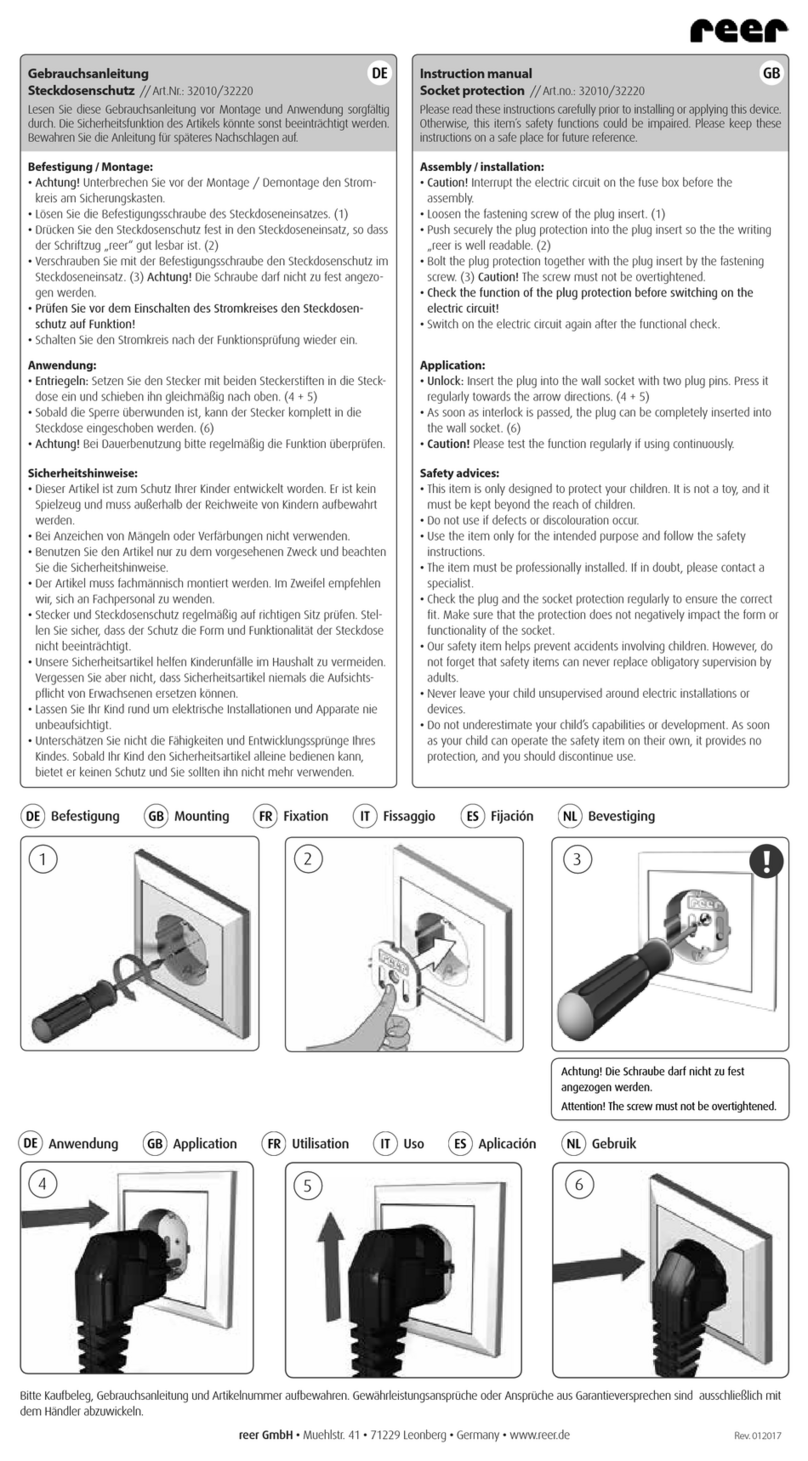
viii 9424200996
Contents BE1-11m
Breaker Monitoring................................................................................................................................... 37-1
Demands.................................................................................................................................................. 38-1
Load Profile .............................................................................................................................................. 39-1
Power Quality........................................................................................................................................... 40-1
Trip Circuit Monitor (52TCM).................................................................................................................... 41-1
Fuse Loss (60FL) ..................................................................................................................................... 42-1
BESTnet™Plus.......................................................................................................................................... 43-1
Mounting................................................................................................................................................... 44-1
Terminals and Connectors ....................................................................................................................... 45-1
Typical Connections................................................................................................................................. 46-1
BESTCOMSPlus®Software ..................................................................................................................... 47-1
BESTlogic™Plus ....................................................................................................................................... 48-1
Communication ........................................................................................................................................ 49-1
Security .................................................................................................................................................... 50-1
Timekeeping............................................................................................................................................. 51-1
Device Information ................................................................................................................................... 52-1
Configuration ............................................................................................................................................ 53-1
Introduction to Testing..............................................................................................................................54-1
Acceptance Testing.................................................................................................................................. 55-1
Commissioning Testing............................................................................................................................ 56-1
Periodic Testing ....................................................................................................................................... 57-1
Phase Undervoltage (27P) Test............................................................................................................... 58-1
Phase Overvoltage (59P) Test................................................................................................................. 59-1
Auxiliary Overvoltage (59X) Test ............................................................................................................. 60-1
Frequency (81) Test................................................................................................................................. 61-1
Instantaneous Undercurrent (37) Test ..................................................................................................... 62-1
Instantaneous Overcurrent (50) Test ....................................................................................................... 63-1
Breaker Fail (50BF) Test.......................................................................................................................... 64-1
Inverse Overcurrent (51) Test .................................................................................................................. 65-1
Phase Current Differential (87) Test ........................................................................................................ 66-1
Power (32) Test........................................................................................................................................67-1
Loss of Excitation - Reverse Var Based (40Q) Test ................................................................................ 68-1
Power Factor (55) Test ............................................................................................................................ 69-1
Thermal Curve (49TC) Test ..................................................................................................................... 70-1
Incomplete Sequence (48) Test............................................................................................................... 71-1
Starts per Time Interval (66) Test ............................................................................................................72-1
Restart Inhibit Test ................................................................................................................................... 73-1
Virtual Control Switches (43) Test ........................................................................................................... 74-1
Logic Timers (62) Test ............................................................................................................................. 75-1
